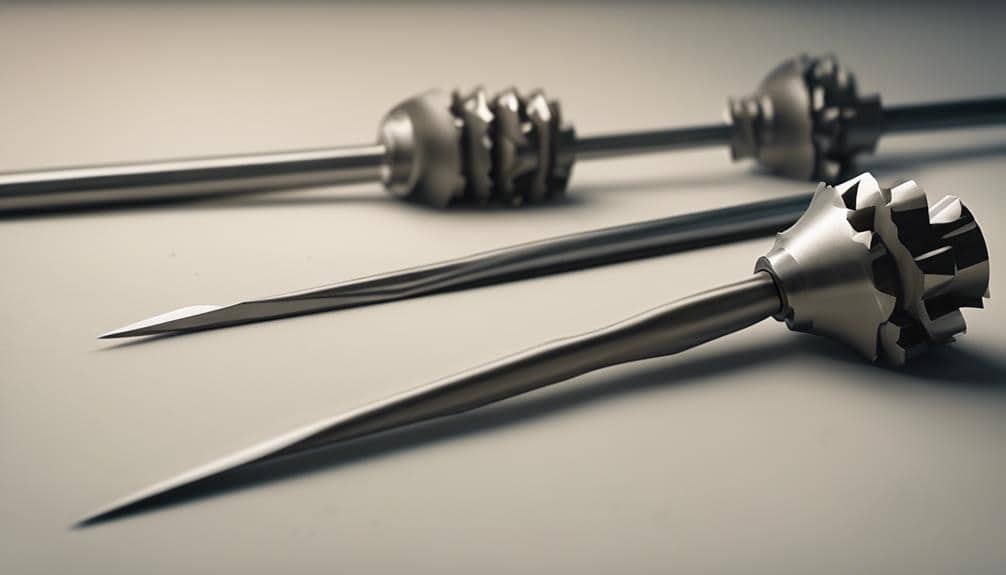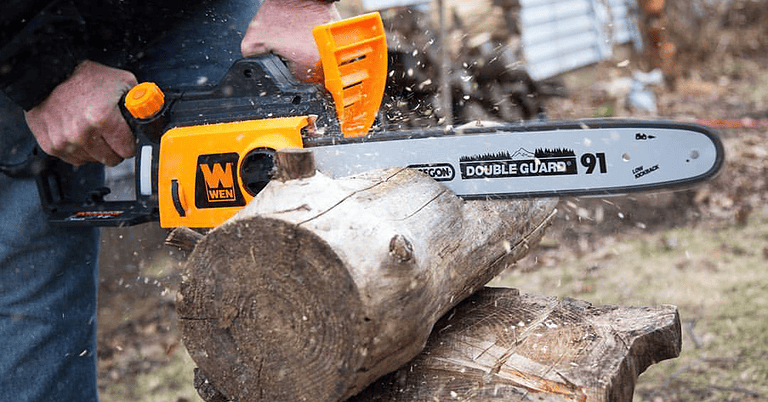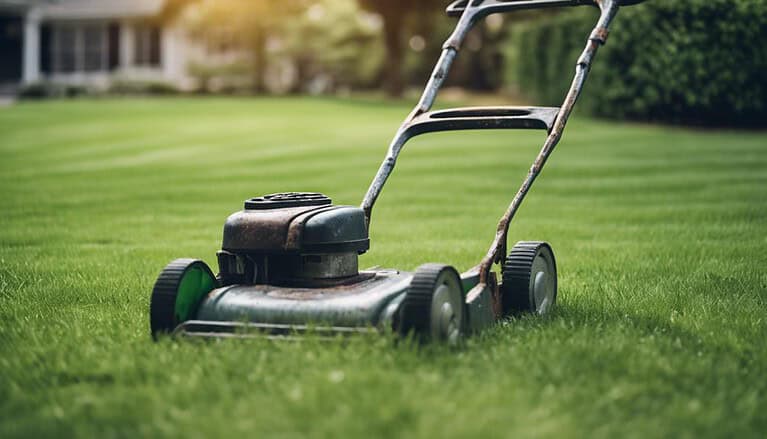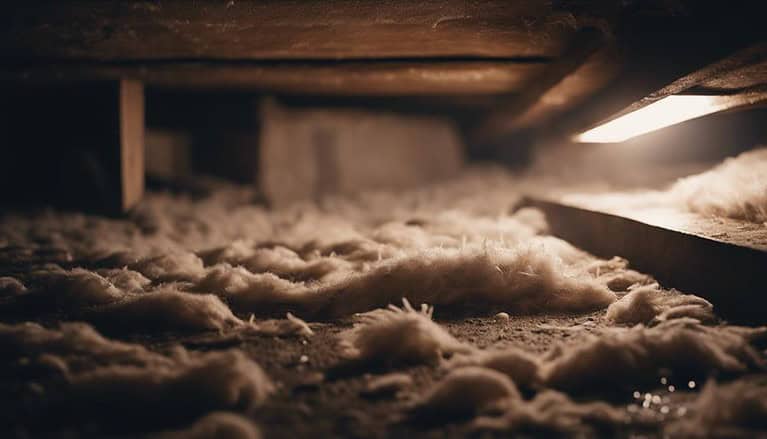Forstner Bit Vs Spade Bit
When you're drilling holes in wood, you have to choose between a Forstner bit and a spade bit. Forstner bits give you neat, flat-bottomed holes with smooth edges, great for detailed woodworking. Spade bits, on the other hand, are faster but may leave rough edges, perfect for quick woodworking jobs where speed is key. If you want precise and professional results, go for a Forstner bit. For speedy drilling with rough edges, go for a spade bit. Consider your project's need for speed and accuracy to pick the right bit. Think about what you want to achieve with your project and learn more about choosing the best tool for the job.
TLDR
- Forstner bits are great for making clean cuts and smooth finishes, giving a professional look.
- Spade bits are good for drilling quickly but may leave rough edges.
- Use Forstner bits when you need precise holes, like for pocket or dowel holes.
- Spade bits work well for fast woodworking jobs where speed is important, even though they may not leave a smooth finish.
- Think about how fast and accurate you need to be when choosing between Forstner and spade bits.
Understanding Spade Bits
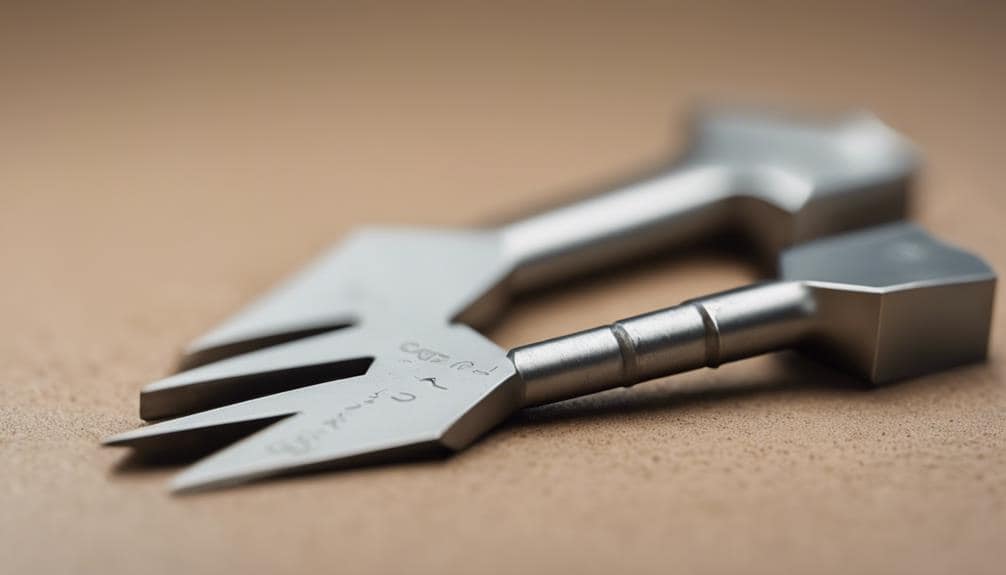
When you need a drill bit to make flat-bottomed holes fast, spade bits are the way to go. Shaped like a spade or paddle, these bits are great for quick woodworking jobs that don't require perfect precision. They work fast and can create different types of holes. Just remember, they might leave rough edges and uneven holes. But if you need to drill fast and don't mind a few imperfections, spade bits are your best bet. They're perfect for quick jobs where speed matters more than getting a flawless finish.
Forstner Bit Basics
When you pick a Forstner bit, you're choosing accuracy and neatness for your woodworking projects. These bits are made to make clean, flat-bottomed holes with smooth edges and precise placement. They're great at creating wood chips easily and quickly, making drilling flat holes simple. The sharp edge and round shape of the bit ensure tidy and smooth holes, perfect for making exact openings in your woodwork. Forstner bits work well for drilling holes that overlap, are at an angle, or close to edges, making them handy for different woodworking tasks. They're perfect for drilling pocket holes, dowel holes, or decorative holes because they cut precisely and cleanly. By using a Forstner bit, you can achieve professional-looking results effortlessly.
Key Differences Explained
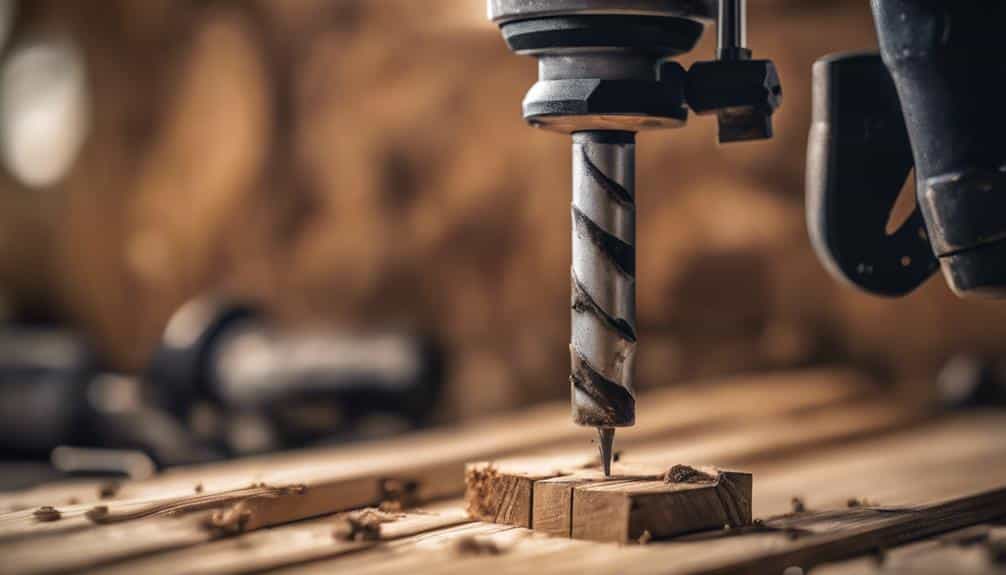
You'll see clear differences between Forstner bits and spade bits in how they work and what they're best for. Forstner bits are great for precise, clean cuts in woodworking, making smooth flat-bottomed holes. Spade bits, on the other hand, are quicker but leave rough edges and are less precise. Choosing between the two depends on whether you prioritize precision and a smooth finish (Forstner bits) or speed with rough edges (spade bits) for your project.
Cutting Styles Compared
Forstner bits and spade bits have different ways of cutting that suit various project needs. Forstner bits give precise, clean cuts, while spade bits drill faster but create rougher holes. When deciding between the two, think about what your project requires. If you want clean finishes for woodworking projects, go for a Forstner bit. It will give you accurate cuts and smooth holes, perfect for consistent-sized openings. On the other hand, if you need to drill quickly and don't mind a rougher result, a spade bit is the better choice. It's great for fast drilling tasks like running wires or plumbing.
Speed and Efficiency Matters

When you need to work quickly, spade bits are the way to go. They can drill rough holes fast without needing to be super precise. On the other hand, Forstner bits are better for projects where accuracy is key. They give you a clean cut and a smooth finish, perfect for woodworking. Think about what your project needs most. If you want to make holes fast, use spade bits. If you care more about getting the holes just right, go for Forstner bits. By considering speed and efficiency or precision, you can choose the right tool for the job and make sure your project turns out great.
Material Compatibility Issues
When deciding between Forstner and spade bits, think about the materials you'll be working with. Forstner bits are great for wood, plastic, and some metals because they make precise cuts. Spade bits are good for softwoods, hardwoods, and drywall, but they might struggle with harder materials like metals. Knowing which materials each bit works best with is crucial for getting the results you want when drilling.
Choosing the Right Bit
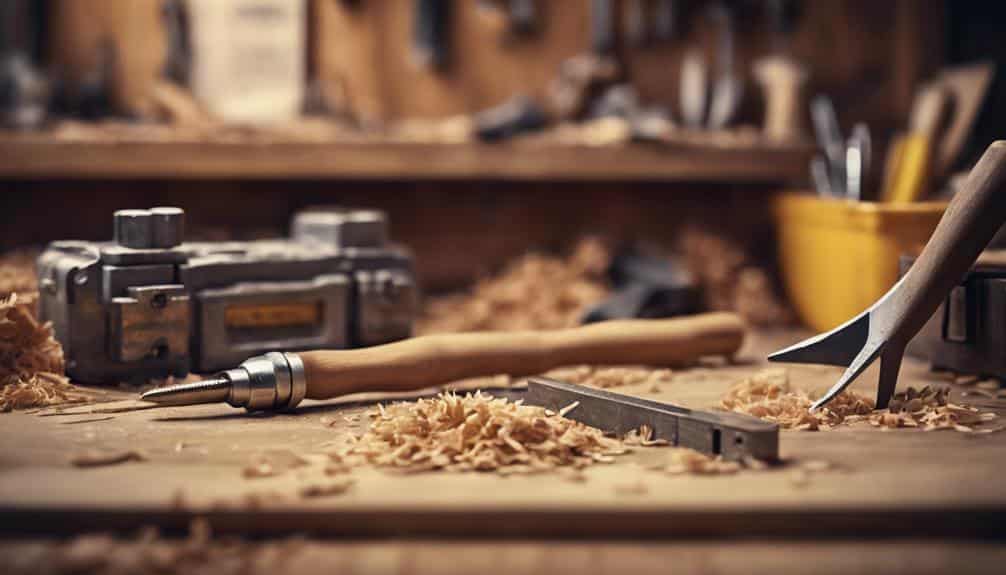
Now that you've thought about which materials work well together, it's time to pick the best bit for your project. When deciding between a Spade Bit or a Forstner Bit, consider the type of holes you need. If you want clean, precise holes with a flat bottom and smooth finish, go for the Forstner bit. It's great for making holes that overlap neatly and look professional. But if you need to drill quickly and don't mind a rougher edge, the Spade bit might be the faster choice. Remember, it's a trade-off between speed and quality. Choose wisely, and your project will turn out great!
Conclusion
Congratulations on reaching the end of this drilling journey! Now, you're all set to handle any drilling job that comes your way. Remember, spade bits are best for tough, high-power drilling, while Forstner bits are perfect for making precise, neat holes. Choose wisely based on the material, speed, and type of cut you need, and soon enough, you'll be driving screws like a pro! Happy drilling!

